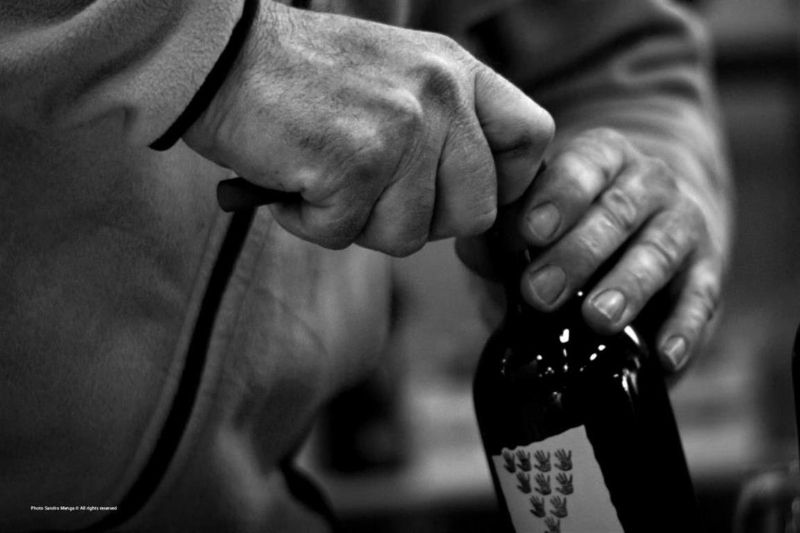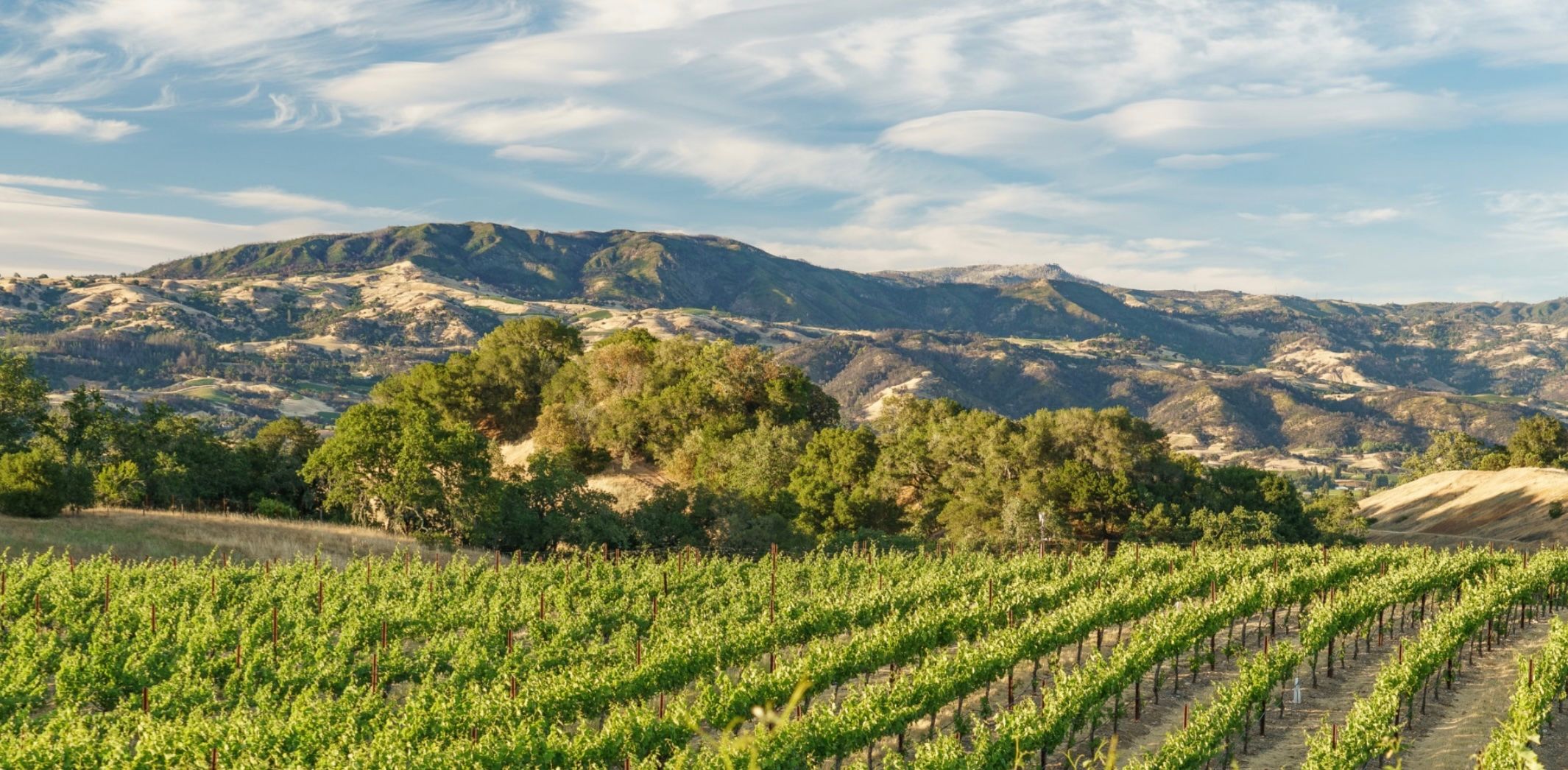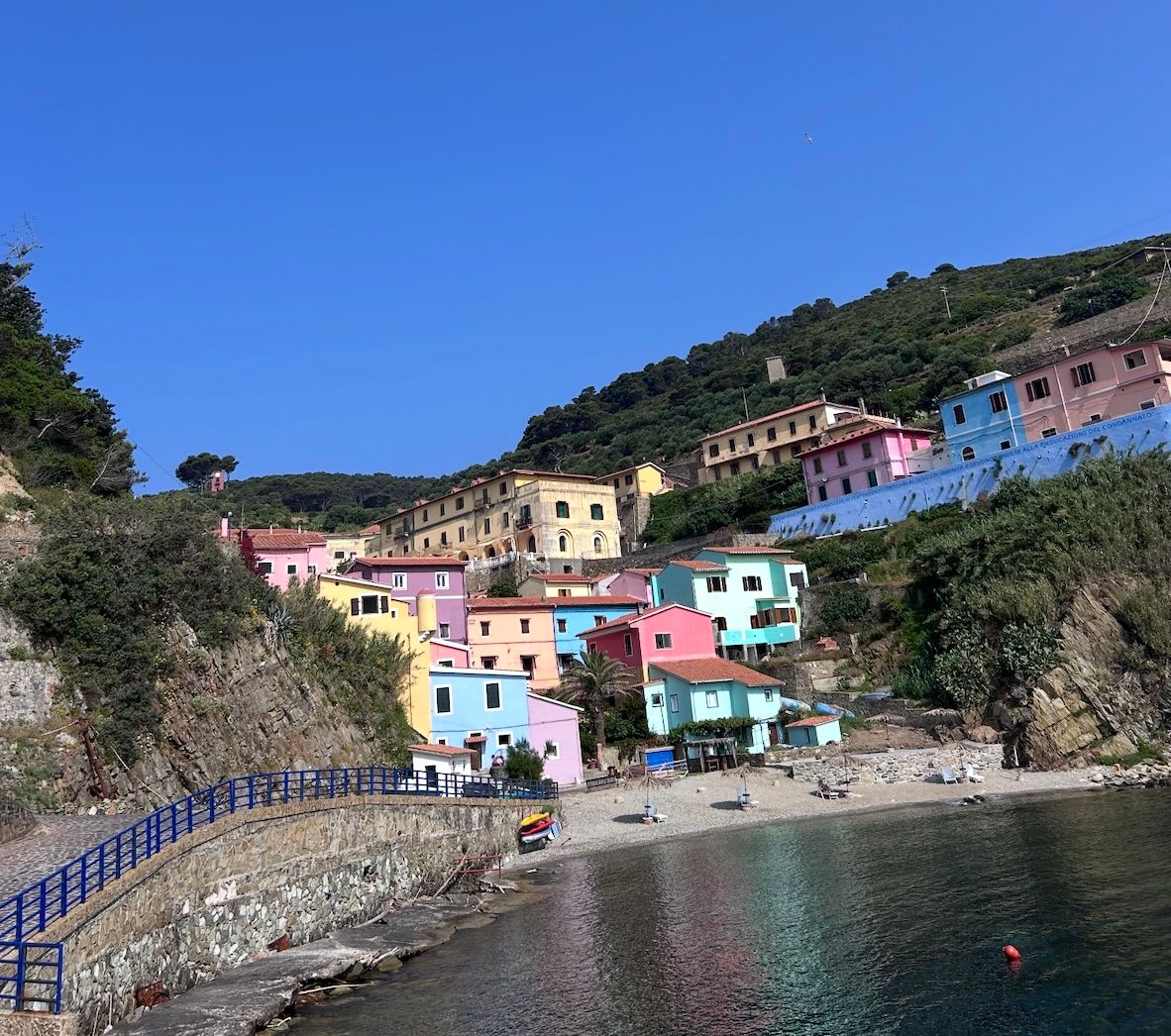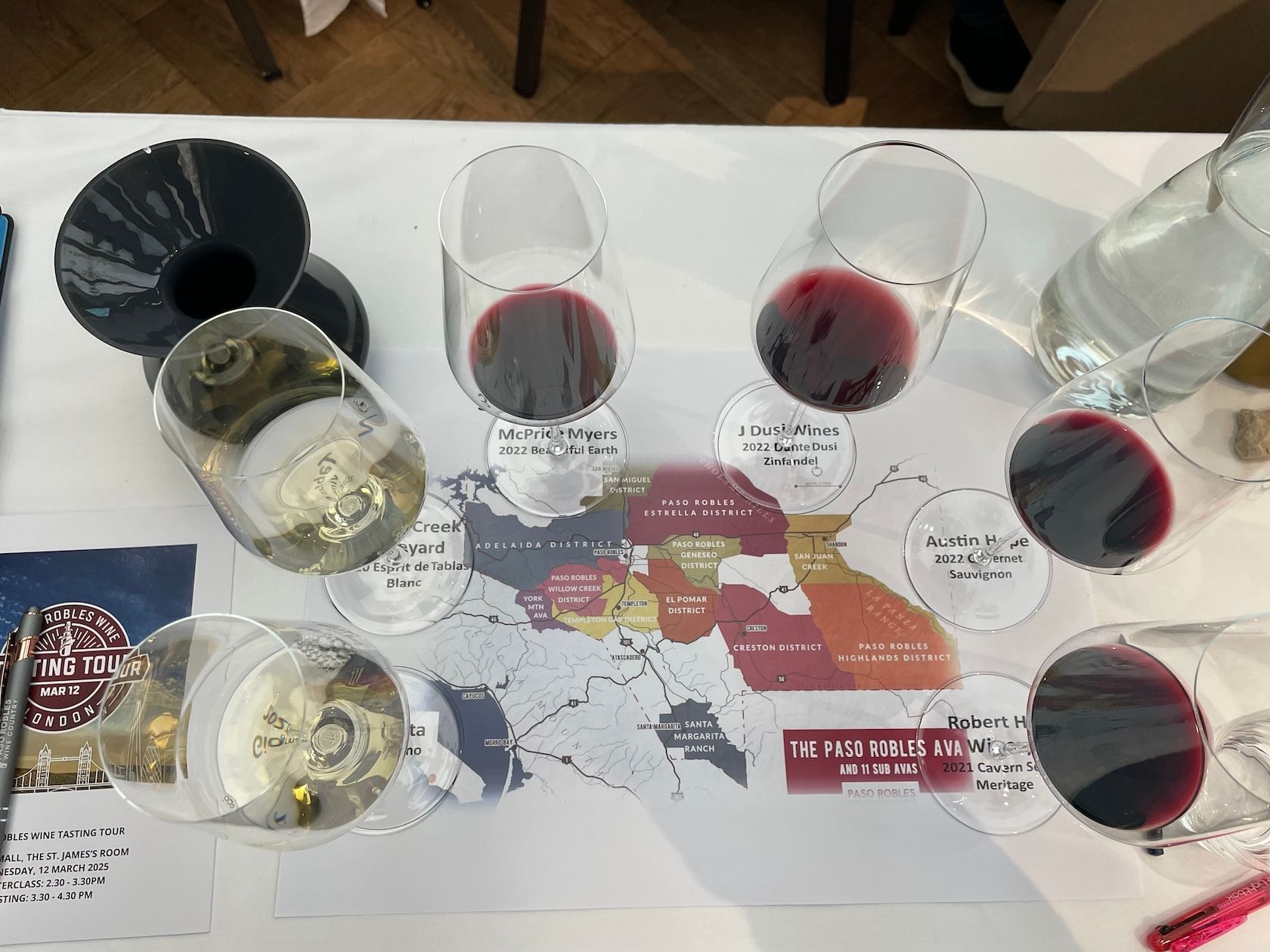A legal wrangle with the town of Montepulciano, and a much-needed focus on the Passerina and Pecorino grapes over Trebiano could be what Abruzzo needs to get it the attention it deserves.
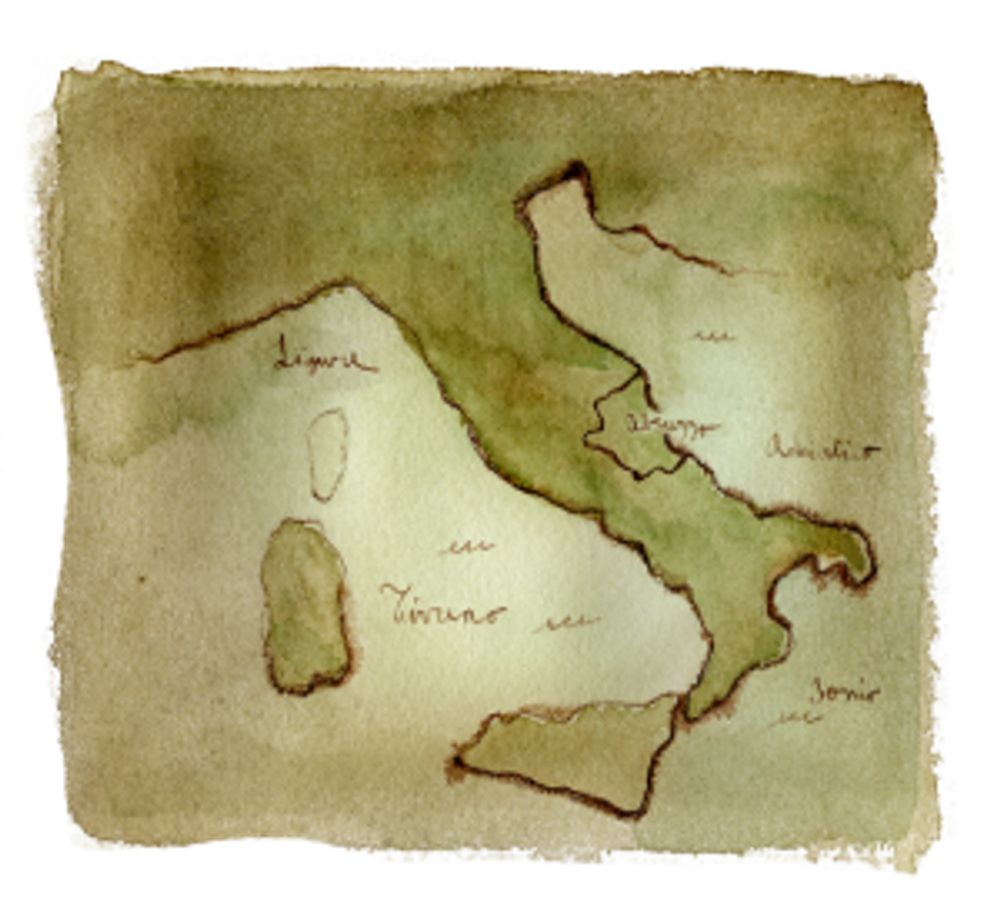
Mention Abruzzo and wine in the same sentence and what comes to mind? Almost certainly the grape variety Montepulciano d’Abruzzo, which is sometimes confused with the higher regarded Vino Nobile di Montepulicano from the Tuscan town of Montepulciano (made from Sangiovese).
You might also associate Abruzzo with Trebbiano d’Abruzzo, a variety that has traditionally produced inexpensive and slightly bland white wines.
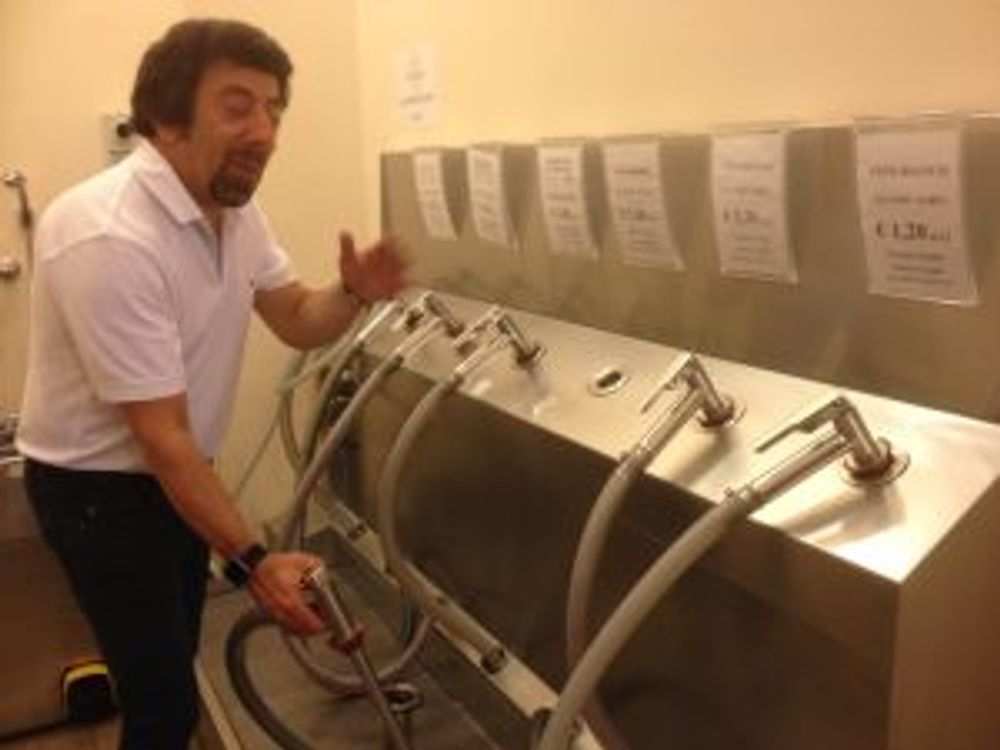
Fill her up – Abruzzo’z bulk wine sold like petrol
If you are accustomed to buying the second cheapest wine at Italian restaurants, you may harbour the suspicion that this is one of Italy’s bulk wine centres.
And so it is.
Dominated by cooperatives, Abruzzo is famous for sending much of its (full bodied) red wine to cooler climate regions in Italy, enabled by the loose DOC rules drawn up by the cooperatives in the 1950s.
Remarkably, you can even find Montepulciano DOC wines bottled well outside the region – in Germany, Sweden or the UK – a practice that further reinforces Abruzzo’s unwelcome, and somewhat unfair, image of mediocrity.
The winds of change
Yet change is afoot in this beautiful region, defined by dramatic mountains in its interior and a long, spectacular coastline, centred on the bustling but modern and markedly un-touristy city of Pescara.
Late May saw the first ever major tasting of Abruzzo wines held in London, highlighting ‘Abruzzo in 50 Wines’ with wines drawn from all four DOCs and Abruzzo’s one DOCG region which is in Teramo, north of Pescara.
Whilst many of these wines are unavailable in the UK, they highlighted trends the local authorities are eager to emphasise, namely a move towards quality, the emergence of private/family producers with very different ambitions from the cooperatives and greater use of different grape varieties, including white Pecorino and white Passerina, and Cerasuolo rosé wines, made from Montepulciano d’Abruzzo.
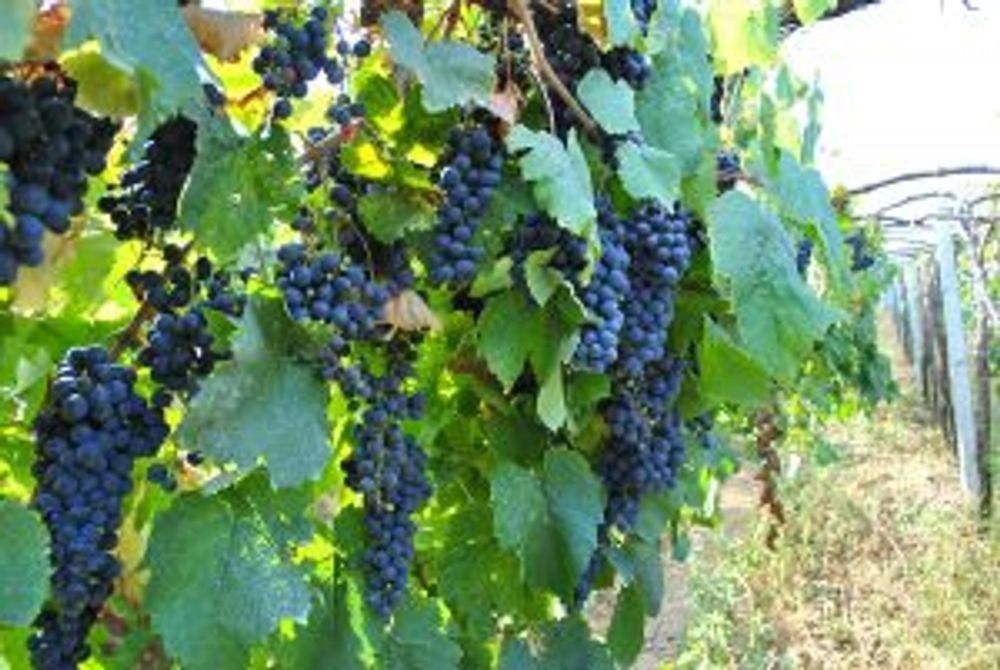
The London tasting was followed by a series of sommelier, press and trade trips to visit wineries across the region, all part of an ambitious, EU and government-funded project aimed at transforming the image of this oft-maligned region.
“We really need to break Abruzzo away from this image of being a region that simply produces wine you would order in a pizzeria: today we are very much more than that,” says Marco Pesce of the Abruzzo Chamber of Commerce.
Tenuta Arabona – once a cooperative now going organic and upmarket
Domenico Radica would agree with that. His winery Tenuta Arabona was established around ten years ago with the aim of producing quality wine from indigenous grapes, after operating for more than 40 years as a cooerative, its origins betrayed by some rather utilitarian buildings.

Although it continues to produce non-organic wines for other producers, Arabona is in the process of becoming certified 100% organic for its own wines, and uses special high quality sugar-cane corks as part of this wholesome new image.
Arabona, which uses the special pergola system, rather than the regular trellis system for its grapes to help protect them from weather extremes, currently produces 50,000 bottles but has the capacity for 200,000. Individualism is the order of the day.

“My secret is not to make what the market wants, but what I like. Each barrel of my wine has its own character that is expressive of the soil and essence of Abruzzo,” Domenico Radica says.
Of his wines, the most appealing is a new venture, a Spumante made from Passerina, a native variety also grown in the Marche region, with good acidity and structure, appealing and fresh.
Of the three whites – a Pecorino, Passerina and Trebbiano – Pecorino works best, suggesting that the widespread introduction of this variety to Abruzzo at the turn of the century was a good move.
His two pink wines are quite decent Cerasuolos, whilst of the two reds the best is the Terra Cruda Monte 2011 (14%), a full bodied wine that sells locally for around €20 and has lots of ageing potential. Radica hopes to start exporting to the UK, having met a potential distributor at Prowein, but he admits things are moving slowly.
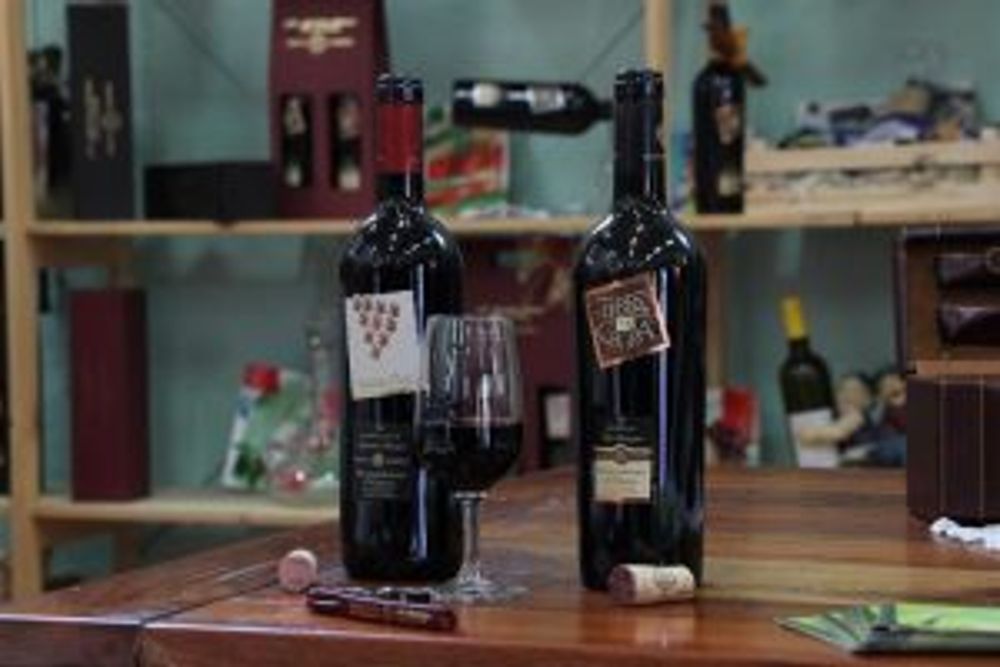
“To break the negative image people have of Abruzzo wines you would need to destroy the cooperatives which are responsible for this. Wines are being sold for less than the cost of production. The first thing you must do here is to establish an independent image and keep control of the bottling process,” he says.
Masciarelli Tenute Agricole – a pioneer of the revival of Abruzzo as a serious wine region
Neither of these have proven a problem for Masciarelli Tenute Agricole.

This family-owned business has been sourcing and distributing Italian wines since the early 1980s and exports in a big way to the US and 57 other countries.
However, its origins were here in Abruzzo where Gianni Masciarelli first started producing wines in 1981 with a specific focus on terroir-driven wines, something that was pretty unusual for the time; he is today credited with being one of the early pioneers of the revival of Abruzzo as a serious wine-producing region.
Since his tragic premature death at the age of 53 in 2008, his work is continued by his Serbian-born wife Marina Cvetic (after whom one of the estate’s best riserva reds is made).
Today the company makes five lines of 14 wines, with some 2.5m bottles produced a year, out of San Martino, near Pescara, where its beautiful castle, Castello di Semivicoli, full of historic furniture is now a very popular hotel. The viticulture style is very traditional, with a big focus on Trebbiano and Montepulciano d’ Abruzzo, that really seems to work (these wines are imported by Majestic and Les Caves de Pyrene).
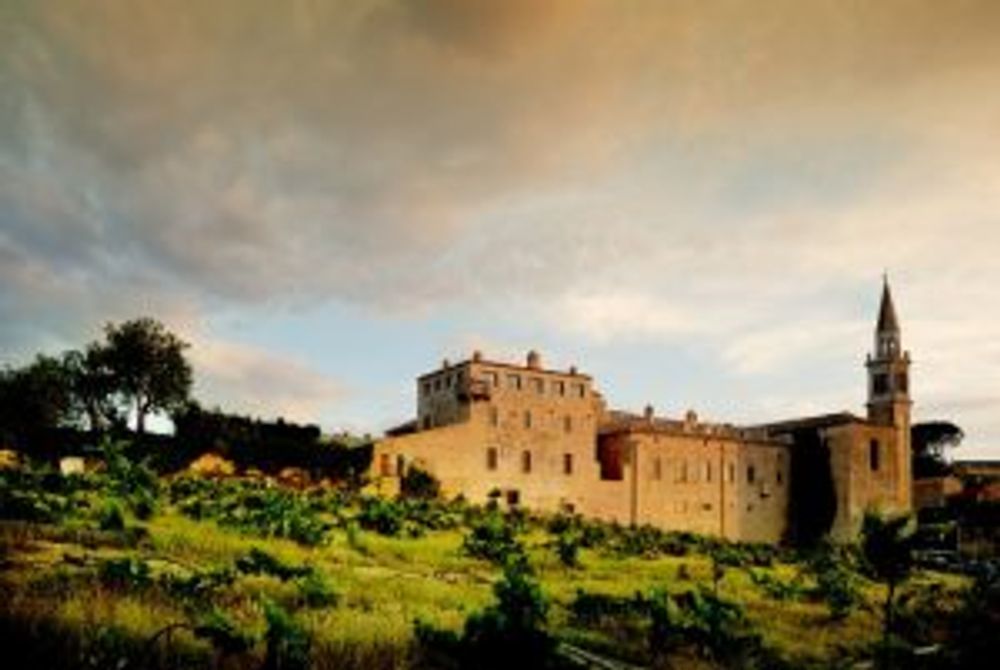
“Gianni was in love with the region and wanted to focus on the grapes which best represented it, even though they were considered quite rough and workaday,” says Valentina Mucciante, at Castello di Semivicoli.
Thus it seems fitting that the family launched its new line of entry level wines in his name. These are good, uncomplicated wines, with the Trebbiano very fresh and approachable, made with grapes sourced from its Pescara vineyards, one of the four the family have in Abruzzo’s five regions.
However, the best of the wines for me were the high-end range Villa Gemma, which are made in red, pink and white versions. The red, the Montepulciano D’Abruzzo 2008, was a delicious, still-evolving wine and at around £50 a bottle, proof the region has a future beyond pizza-restaurant wine.

Gianni Masciarelli is often described as the Abruzzese who really put his region on the map, but others are following in his footsteps.
Pasetti – making wines that speak of an unique terroir
Amongst them are the Pasetti family. They have only been operating for six years, but already make 600,000 bottles of high quality wines from two terroirs in central Abruzzo; rich clay soil to produce good reds and, half an hour away, a gravelly soil to make fresh whites.
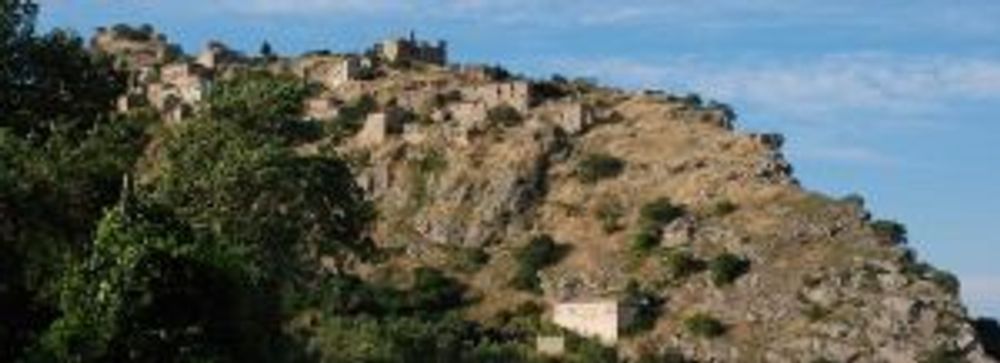
“Our main aim is to make quality wines that really speak of this area,” says winemaker Massimo Pasetti, waving his hand at the remarkable Alpine terrain of Pescosansonesco, a national park that calls to mind the American west in its majestic vastness. This is land that really makes a human being feel small.
Pasetti has certainly succeeded with four ranges of wine that focus on freshness and accessibility.
Most appealing is the mid-level range branded Testarossa after the family’s first born daughter. The Rosato is an appealing and forward, dark pink wine made from Montepulciano; the Passerina is also very moreish, as is the Bianco, an intriguing, lightly aged blend of Trebbiano, Pecorino and Trebbiano. The Trebbiano 2014 is also a delicious wine made without oak but kept on the lees for six months. The result is a wine that tastes not unlike an aged Semillon.
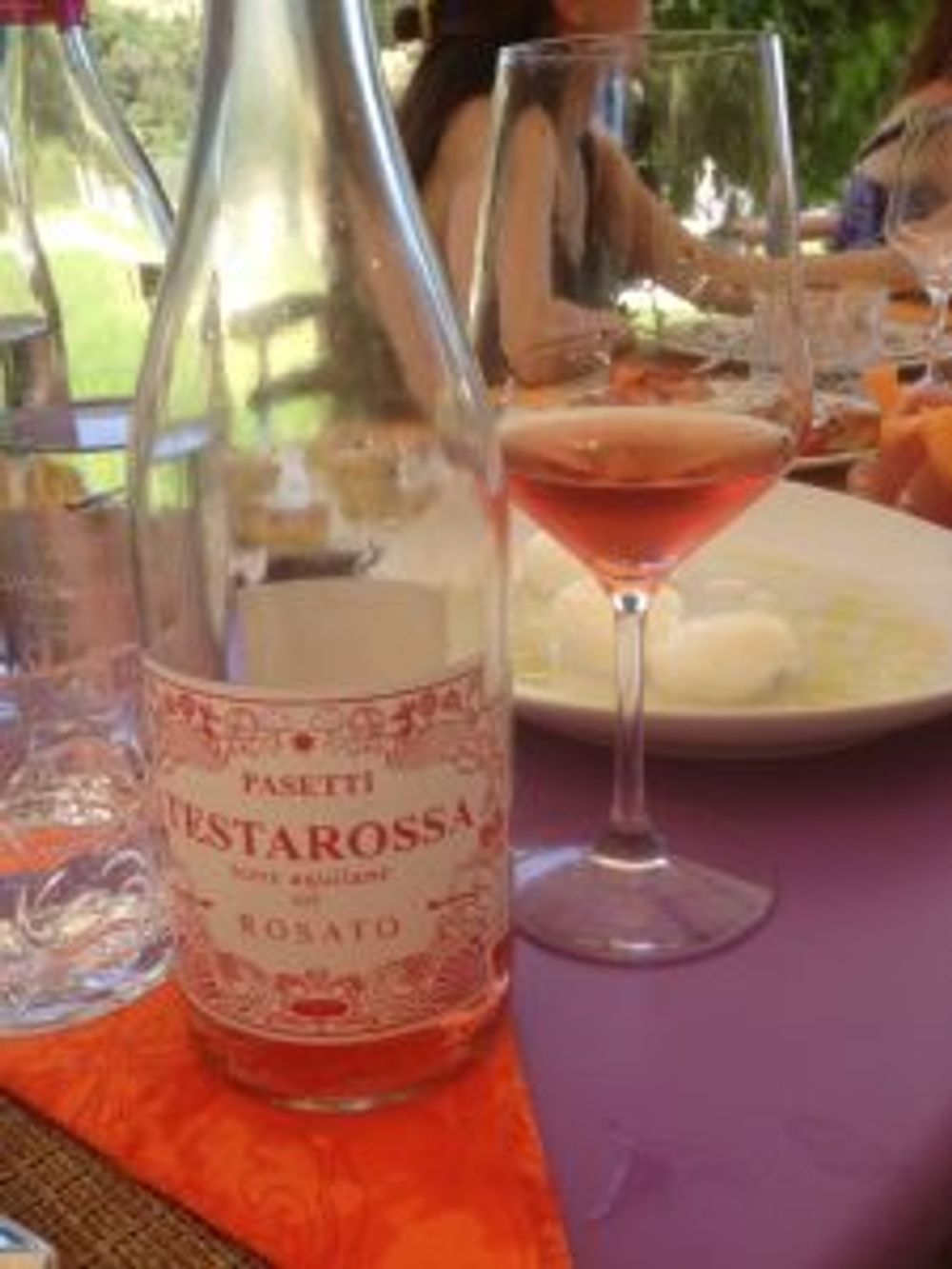
Pasetti also says the biggest obstacle to improving Abruzzo’s image is the cooperatives.

The Pasetti family – winemaker Massimo Pasetti (l)
“They have lots of power and still control the DOC system which they helped draw up 50 years ago. This is the only part of Italy where a DOC wine can be bottled outside the region, but too much poor quality wine is being made,” he argues.
Pasetti points to Pecorino, which he says his family reintroduced to Abruzzo at the turn of the century.
Today, Pasetti has the most Pecorino vines but are nowhere near the biggest producer, firm evidence that bigger producers are prioritising quantity over quality.
Quality wine is the only route
Quality is the only way for Abruzzo to go if it wants to boost its fortunes. Abruzzo is in the midst of a legal dispute with the town of Montepulciano and may have to change name of its star grape – dropping the Montepulciano and just calling it Abruzzo. This might prove to be a good thing and help clarify the region’s raison d’etre.
Another way forward may be for Abruzzo to stress production of Pecorino and Passerina, the latter a variety I was largely unfamiliar with, rather than continuing to focus on Trebbiano, a variety which carries negative baggage.
At many of the wineries I visited – including also Il Feuduccio, a quality focused winery founded from scratch in the early 1990s in the feted Chieti province – Passerina was very much the star performer in still and especially in sparkling wines, where its fruity, dry but lightly floral character works very well.
The UK on-trade always love a distinctive variety. Could it be that Passerina – and Pecorino – are the new calling cards that Abruzzo is looking for?
